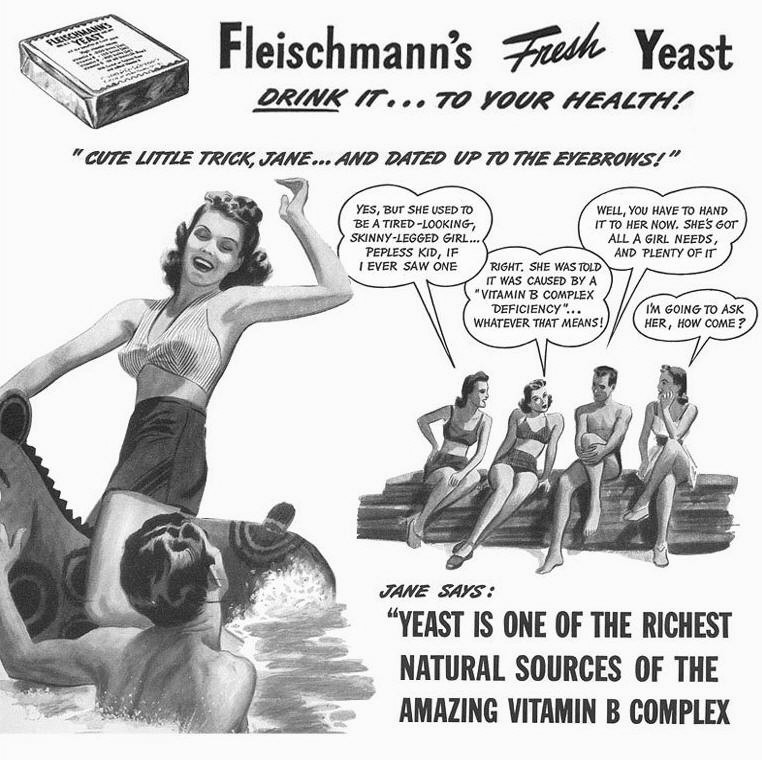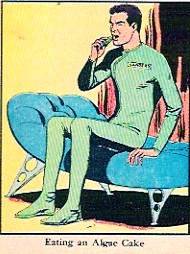Tales of Future Past v2
Main menu
- Home Page
-
Life on Other Worlds
- Life on Other Worlds
- Life on the Planets
- Life on the Moons
- Tales of the Stars
-
Future Living
- Future Living
- Life in 2000 AD
- Leisure
- Shopping
- Drive-In Market
- Cosmetics
- Laundry
- Strikerette
- School: 1999
- Optionics
- Life in 2055
- Future Movies
- Sensorama
- Scopitone
- Radio Pirates
- Weather Control
- Automatic Lumberjack
- Cold Light
- Eternal Youth
- Cryonics
- Suspended Animation
- Space Funeral
- Space Holidays
- Trapped by Television
- Robot Dogs
- Churchill: 1982
- Future House
- Future Kitchen
- Future Food
- Future Work
-
Future City
- Future City
- Skyscraper World
- Tomorrow's Skyline
- Urban Utopias
- World's Fair City
-
Future Transport
- Future Transport
- Rollerball
- Hydrofoil
- Tourism
- Future Liner
- Monorail
- Garden Rail
- Propeller Rail
- Water Rail
- Rocket Trains
- Radio Trains
- Rocket Mail
- Jet Boat
- Desert Liner
- Huge Truck
- Channel Tunnel
- Iron Whale
- Sea Slug
- Sea Slug 2
- Hovercraft
- Ice Field
- Rocket Port
- Vacuum Trains
- Transatlantic Tunnel
- Future Lift
- Travel: 1928
- Concrete Liner
- Teleportation
- Future Car
- Death Rays
Plankton et al

Come on, admit it. Every time you've walked down the baking aisle of the supermarket you've thought to yourself, "Wouldn't a big glass of yeast hit the spot right now?"
Making a meal of micro-
So, let's take a trip down the microbe larder and see what sort of goo is on the menu.
Algae
"If I eat any more of these algae cakes, I’ll turn into a green glob," murmured Lieutenant Sanders. He made a wry face, then stretched out on his contour couch in the pressurized space station. "It’s great being back on the moon again, but I’d give my Jet Pak for a good salami sandwich."
Major Matt Mason
Big Little Book c.1965

 And so goes the typical sci-
And so goes the typical sci-
On the surface, algae looks just the thing for futuristic eating. It's 60 percent protein, doubles its mass quickly, and you can grow it in tanks, which looks really cool.
That's as may be, but people were still aware that at the end of the day it was still pond scum and no substitute for nachos.
Yeast This is another future foodstuff beloved by sci-
This is another future foodstuff beloved by sci-
It is also one that actually reached commercial production in 1902 when the Marmite Company produced the famous yeast extract that has graced toast ever since and has been hailed as the greatest achievement of Western cuisine.
Okay, it's an acquired taste and if you didn't go to a British boy's school you probably misguidedly regard it as salty and foul-
I also suspect that if John W. Campbell had bitten into his first Marmite-
Plankton The great thing about plankton is that it gives you more variety than a smorgasbord in every teaspoonful. It also tastes like fishy mush and probably explains why people tend to prefer eating it after it's been converted into a salmon, but every now and again someone has the bright idea of cutting out the middle man like some aquatic Nebuchadnezzar.
The great thing about plankton is that it gives you more variety than a smorgasbord in every teaspoonful. It also tastes like fishy mush and probably explains why people tend to prefer eating it after it's been converted into a salmon, but every now and again someone has the bright idea of cutting out the middle man like some aquatic Nebuchadnezzar.
Probably one of the first serious proponents of plankton as haute cuisine was the French surgeon Alain Bombard – and he drank salt water. On his famous crossing of the Atlantic Ocean alone in a Zodiac inflatable, Bombard trailed a fine net behind his little craft and gathered a tiny handful plankton of for his supper. It was a culinary innovation that would not grace French tables again until the invention of Nouveau Cuisine.